'I'm trying to build a more sustainable wardrobe, and you can too'
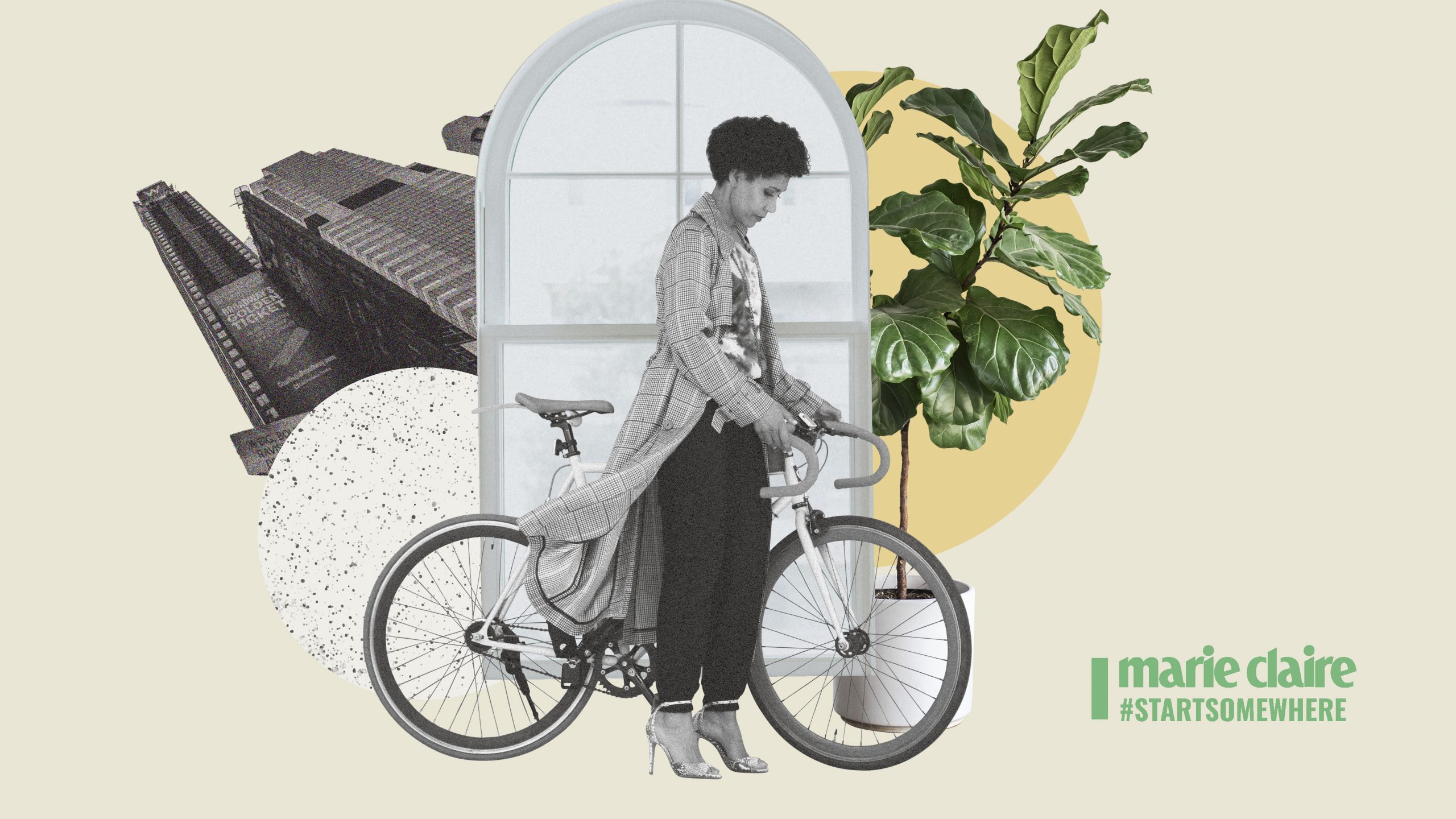
Words by Rosanna Falconer, a brand consultant, co-founder of FashMash and lover of all things colourful. She is a regular contributor to Livia Firth’s Eco-Age where she writes about sustainability in designer fashion and luxury retail.
Let’s begin with the elephant in the room: sustainable fashion is a contradiction in terms. Fashion is a brilliantly creative industry but it’s a consumer one too, driven by a thirst for the new and commercial growth. Personally, I still see reason for optimism and never has this been more apparent than the creativity that has arisen in the pandemic.
Building a sustainable wardrobe: 'It's a matter of going back but not going back to business as usual'
This week, I spoke to the British designers behind the Emergency Designer Network for the FashMash speaker series (a community I co-founded eight years ago, devoted to driving the industry forward). The EDN network galvanises local production of scrubs for the NHS, with 6,700 produced so far.
One of the collective, Bethany Williams, told me her long-term hope for fashion: 'This has been a really great moment of pause. It’s a matter of going back but not going back to business as usual.'
She's already at the forefront of change as the 2019 winner of the Queen Elizabeth II prize, an honour recognising community values and sustainable practice. Phoebe English is also part of the foursome. Her passion for sustainability is infectious.
She is determined to share her research industry-wide, founding the renowned WhatsApp group, 'Fashion On Earth', which buzzes hourly with everything from packaging options to fabric solutions between designers, press and industry leaders.
Their collaborative ambition represents the new guard of designers determined to break away from a long-accepted norm of operating business that is a key contributor to the climate crisis. Conversations like these that have long affected the way I approach dressing.
Marie Claire Newsletter
Celebrity news, beauty, fashion advice, and fascinating features, delivered straight to your inbox!
How to shop sustainably
As a contributor to Livia Firth's Eco-Age, I've been able to debate sustainability with luminaries of industry from Alberta Ferretti to Arizona Muse. Livia pushes for consumer change with approachability and inspirational energy.
Take her #30wears movement, urging us to muse over purchases before we buy them. Will you wear it more than 30 times? If not, deep breath, return it to the rail. For too long, the sustainable space was either shrouded in mystery (meaning fast-fashion brands could greenwash us into thinking their capsule collections were responsible) or in hessian tones of beige and green, lacking the hanger appeal that makes your heart leap.
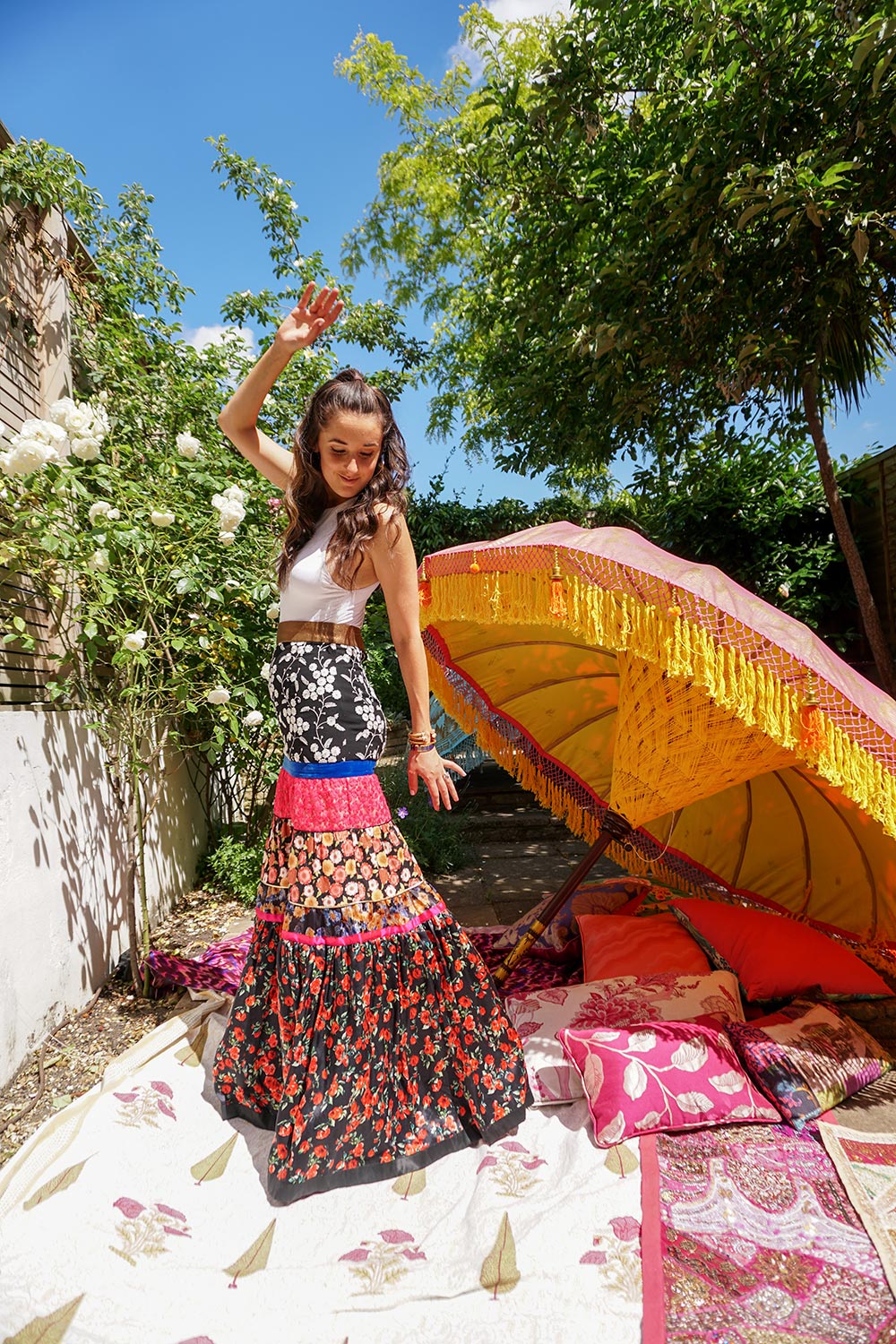
Skirt: Ronald Van Der Kemp White body: Depop Parasol: East London Parasol Company Photography: George Ryan
Sustainable fashion designers
Not so today. This skirt by Ronald Van Der Kemp (pictured) encapsulates this for me. An investment over 2 years ago, I have worn it countless times, most recently for my first post-baby night out. It caught my eye for its technicolour brilliance. It was only later that I found out it was made from studio scraps of excess fabric.
Ronald is a man with a mission to find another way from the treadmill of ready-to-wear fashion. Another favourite for joyful sustainable wardrobe additions is Swiss designer Kevin Germanier. He upcycles unwanted materials, 'I'm making fun of the fashion industry in a way, because I'm making the most glamorous and feminine collection out of trash.'
Take this chainmail tassel dress - all the high-octane shine of the sixties but upcycled - an ingenious solution to limitations of the industry. In the UK, Teatum Jones are firm advocates of this approach. When I first visited their studio, I found a patchwork being made from tiny 1cm studio floor scraps, soon to become a coat.
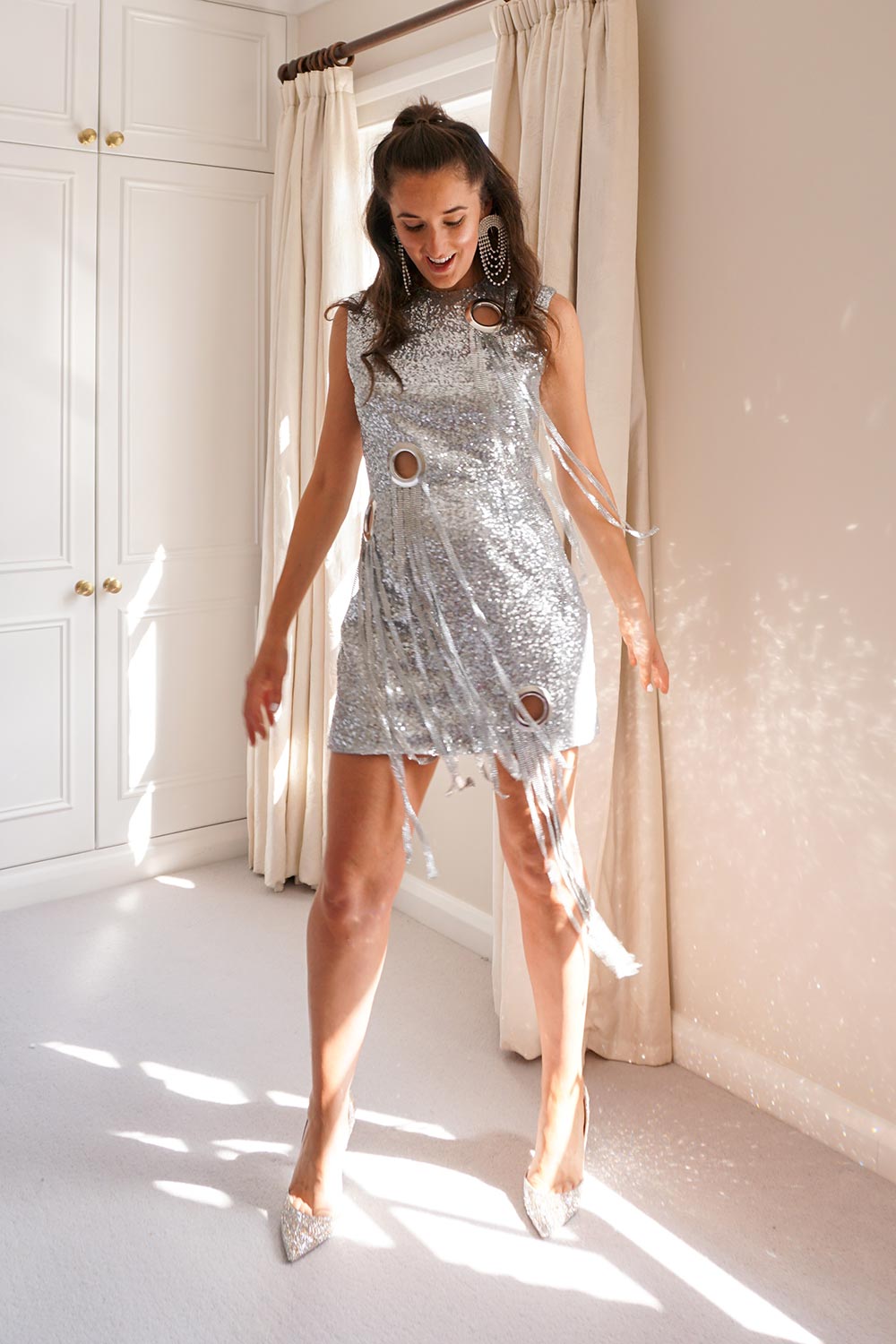
Dress: Germanier Earrings: Vintage Photography: George Ryan
They launch their next collection at Digital LFW this June, 're-visiting, reusing and revolving existing treasure'. 60% of the collection is made from archive or deadstock. I filmed myself yesterday as I’ll be part of their launch film – again, these are designers finding solutions in adversity, overcoming lockdown and its associated studio and shoot restrictions.
Re-discovering sustainable wardrobe favourites
Teatum Jones’ idea of 'existing treasures' is at the core of my style. Working in fashion for over a decade, I was once as much of a victim of the pressure to buy the next trend-led piece as any other shopper. But now I will turn time and time again to wardrobe favourites. I've re-discovered my sewing abilities too, with a little help from online tutorials on everything from darning to hems. The Clothes Doctor even send out mending starter kits!
That's a key lockdown trend which I hope continues - the adoption of hobbies and more specifically, many useful, long-forgotten ones. This make-do-and-mend talent was second nature for my mother’s generation.
It's meant I'm now able to dress my four-month-old daughter, India, in the smock dresses, that I once wore (pictured). Great design never dates. Her blissful innocence of both the pandemic and the climate crisis make me even more determined to lead by example in the way I dress, advocating change in the industry that I love.
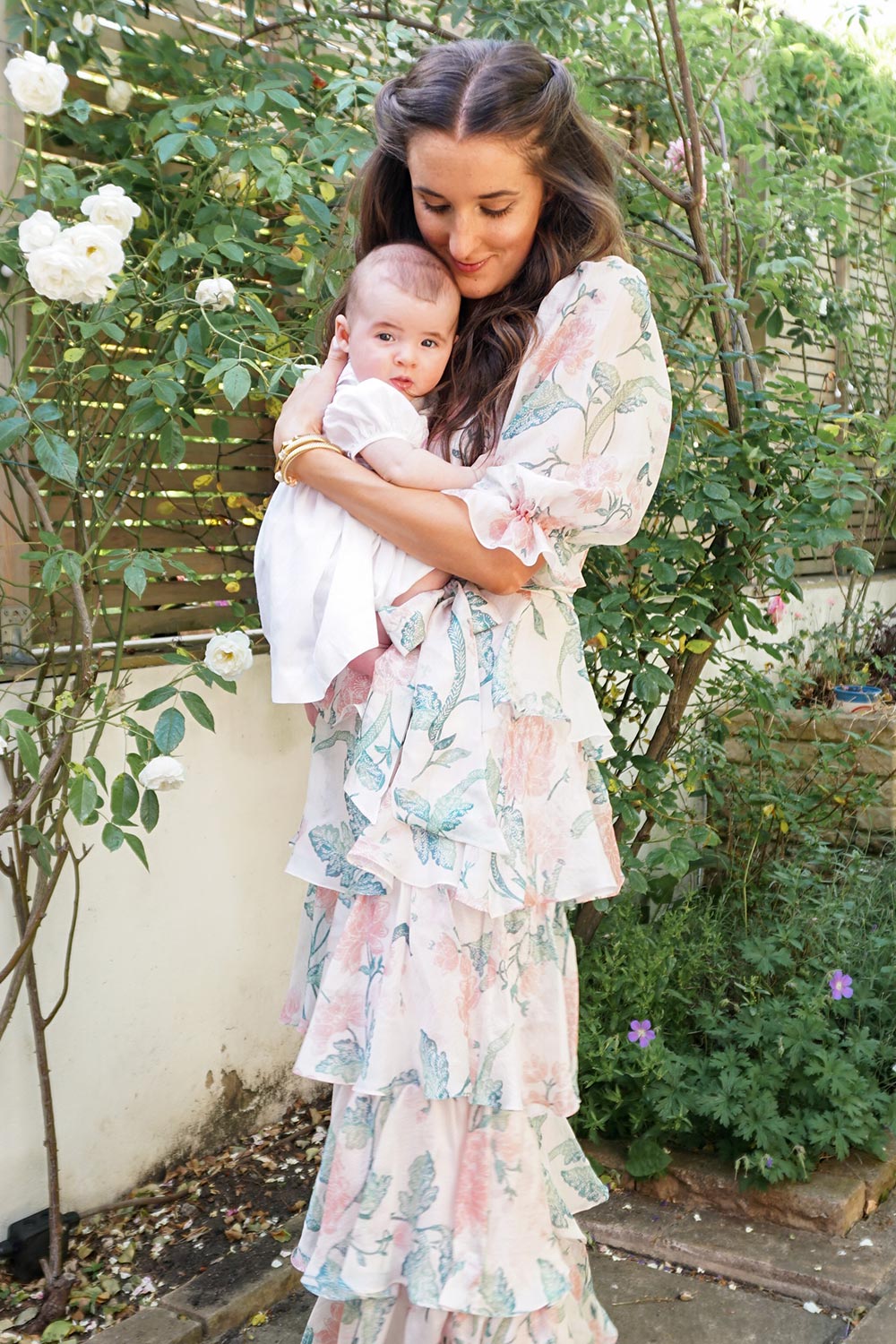
Dress: Beulah London Photography: George Ryan
There's no denying that the pioneering designs I have mentioned so far are expensive. The challenges that come with design experimentation justify their cost. But sustainability cannot be the preserve of a privileged few if we are to progress as fast as we must.
One brand that has proved ethical jewellery and design doesn’t need a hefty price tag? The People Tree. For over three decades, they have stayed true to their mission since 1991 with every beautifully-crafted piece having the highest ethical and environmental standards at an achievable price point. Of course, these are still over double the price of an equivalent garment on the high street.
However, as Livia told me when I interviewed her about fast-fashion, if you're paying pounds for a T-shirt, think about how it got to you. How could the woman who made it have been paid a decent wage? One affordable option is rental, which exploded onto the UK consumer landscape last year.
Dress rental websites
I have been renting my wardrobe through Hurr for over a year and get such a thrill from seeing women - from Laura Whitmore to my Instagram followers - taking some of my treasures out for a twirl. Co-founder Victoria Prew is my muse in this circular fashion space (check out her IGTV for brilliant sustainable lifestyle tips!).
She told me recently that "the perception of renting only for 'highdays and holidays'" is shifting quickly. Dress rental can be incorporated into all areas of your day to day life - from job interviews to date nights. The number one reason for signing up to the HURR platform is sustainability. More than ever, our members are looking for a smarter, more savvy way to shop.'
And when I’m after a long-term commitment rather than a one-off rental? Just like India wearing my clothes from the 80s, I love second hand. Pre-lockdown (and baby!), I would while away happy afternoons delving through the charity shops of Pimlico or vintage stores of Notting Hill.
Now, with time and circumstance against me, I’ve turned to Depop. I’m not the only one – their traffic and sales have leapt over lockdown with the wardrobe clear-out trend. My vintage queens for inspiration? Charlie Collins (check out her pre-owned treasure hunts via Instagram where you DM to win the item) and Emma Slade Edmondson's brilliant IGTV series where she takes you to her second-hand haunts.
Both embrace the joy of dressing in its most glorious, colourful form. It's influencers, tastemakers and designers like these who are leading the charge in challenging times. Their determination to find creativity in adversity will drive change in fashion. That, and the next generation of activists coming through.
I hope I'm bringing up one of them in my daughter, starting with her second-hand, much-loved smock dresses.
The leading destination for fashion, beauty, shopping and finger-on-the-pulse views on the latest issues. Marie Claire's travel content helps you delight in discovering new destinations around the globe, offering a unique – and sometimes unchartered – travel experience. From new hotel openings to the destinations tipped to take over our travel calendars, this iconic name has it covered.
-
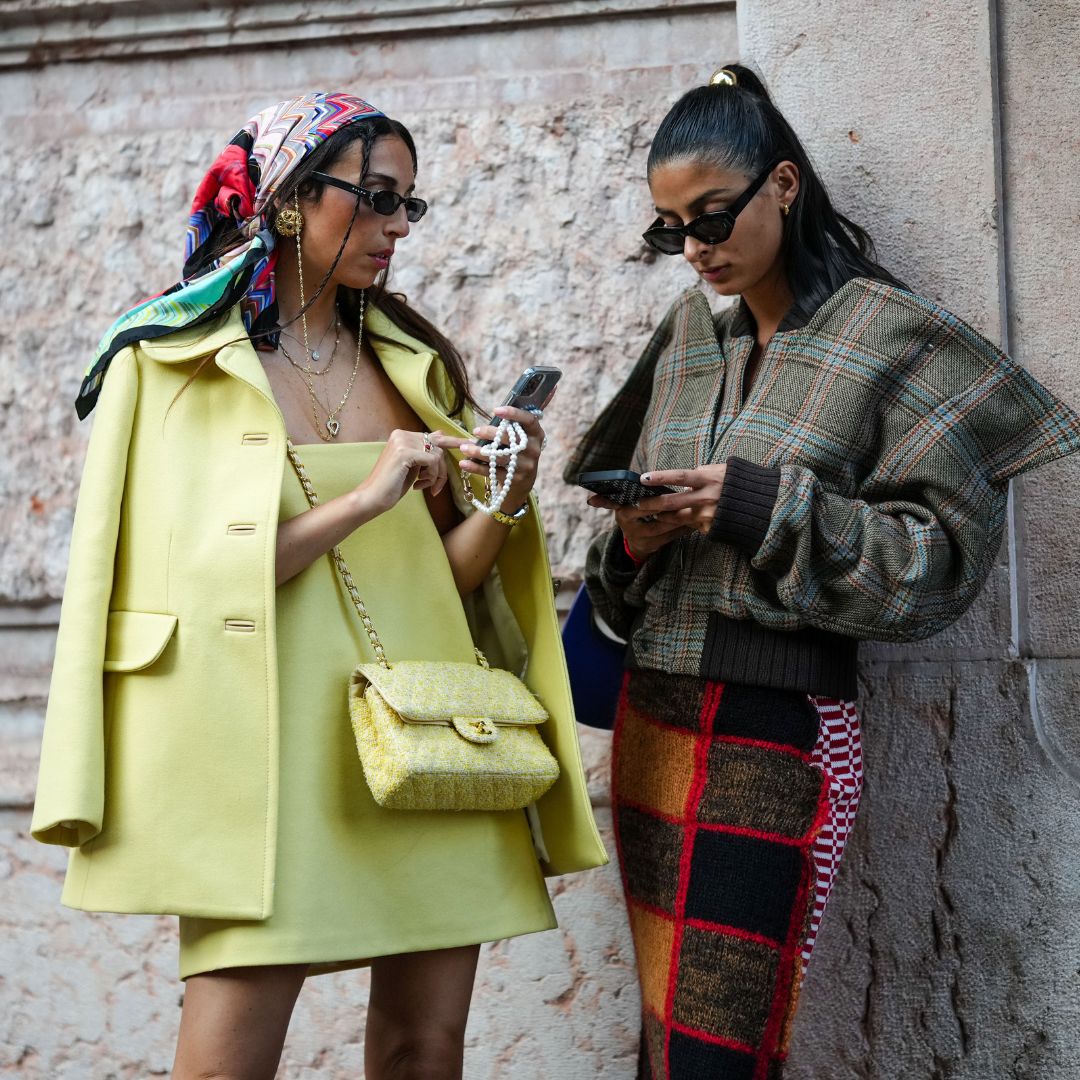 Mytheresa is having a secret sale right now and these are the 11 cult items I'm eyeing
Mytheresa is having a secret sale right now and these are the 11 cult items I'm eyeingIncluding the designer bag that was everywhere at Milan Fashion Week
By Clementina Jackson
-
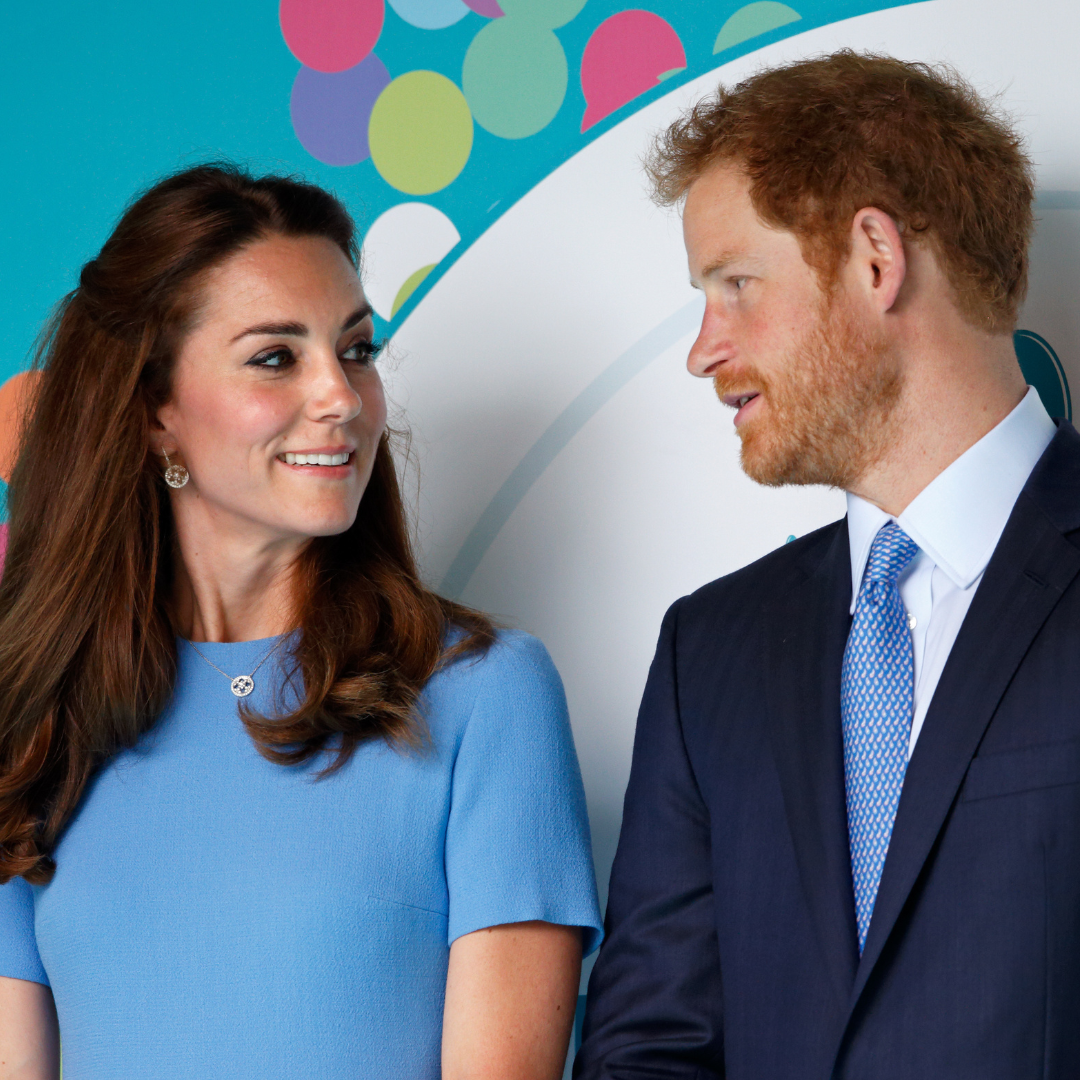 Prince Harry reportedly extended an 'olive branch' to Kate and William on latest UK trip
Prince Harry reportedly extended an 'olive branch' to Kate and William on latest UK tripBig if true
By Iris Goldsztajn
-
 How Prime Video is protecting Blake Lively amid her new movie promo
How Prime Video is protecting Blake Lively amid her new movie promoAn understandable move
By Iris Goldsztajn